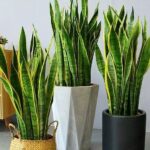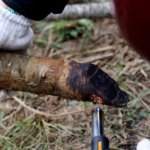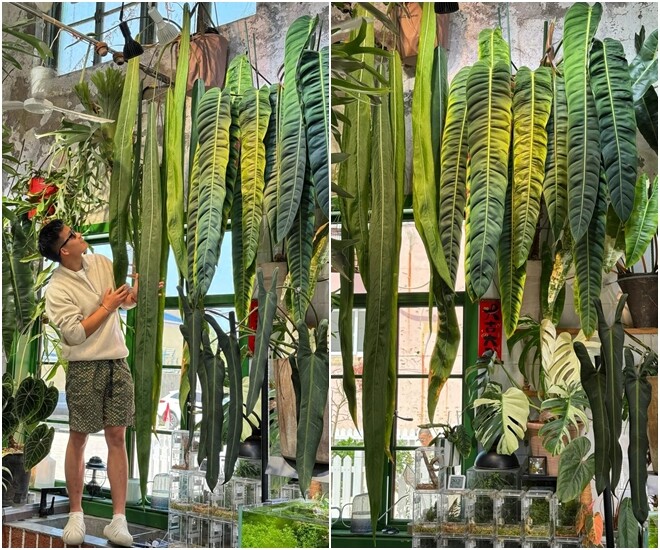
“I am thrilled to showcase my newest addition to my plant collection, even before its leaves have fully grown. My previous record for the longest leaf was 2.4 meters, but this new plant already measures 2.7 meters in length, with an expected final length of 2.9 to 3 meters. To my knowledge, this is the longest-leaved plant in the country, and my friends are absolutely captivated by its elegant, fishing-rod-like leaves,” the proud owner exclaims.
The post quickly gained traction, with many expressing their awe and admiration: “Wow, I’ve never seen a plant with such massive leaves!”, “The leaves are enormous and would look stunning as indoor decor!”, “The size and beauty of these leaves are breathtaking!”, “I had no idea leaves could grow this long. It’s truly a sight to behold.”, “The vibrant, lush leaves are truly a work of art and a testament to nature’s wonders.”…
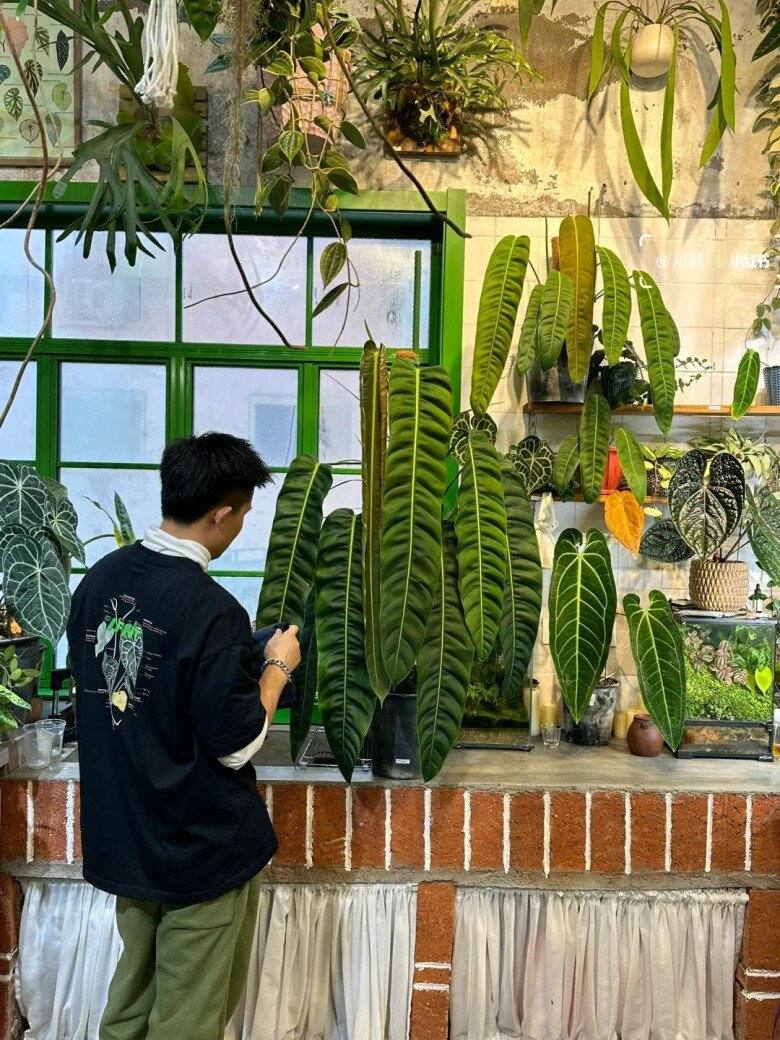
The Indoor Plant Collection
The young man has cultivated an impressive assortment of four different types of indoor plants with distinctive long leaves:
– Anthurium vittariifolium
The Anthurium vittariifolium, belonging to the Anthurium genus of the Araceae family, is a large and aesthetically pleasing indoor plant.
Its most striking feature is its lengthy and broad leaves adorned with intricate silver veins that resemble a delicate web of silk threads. When illuminated, the leaves come alive, showcasing their vibrant beauty.
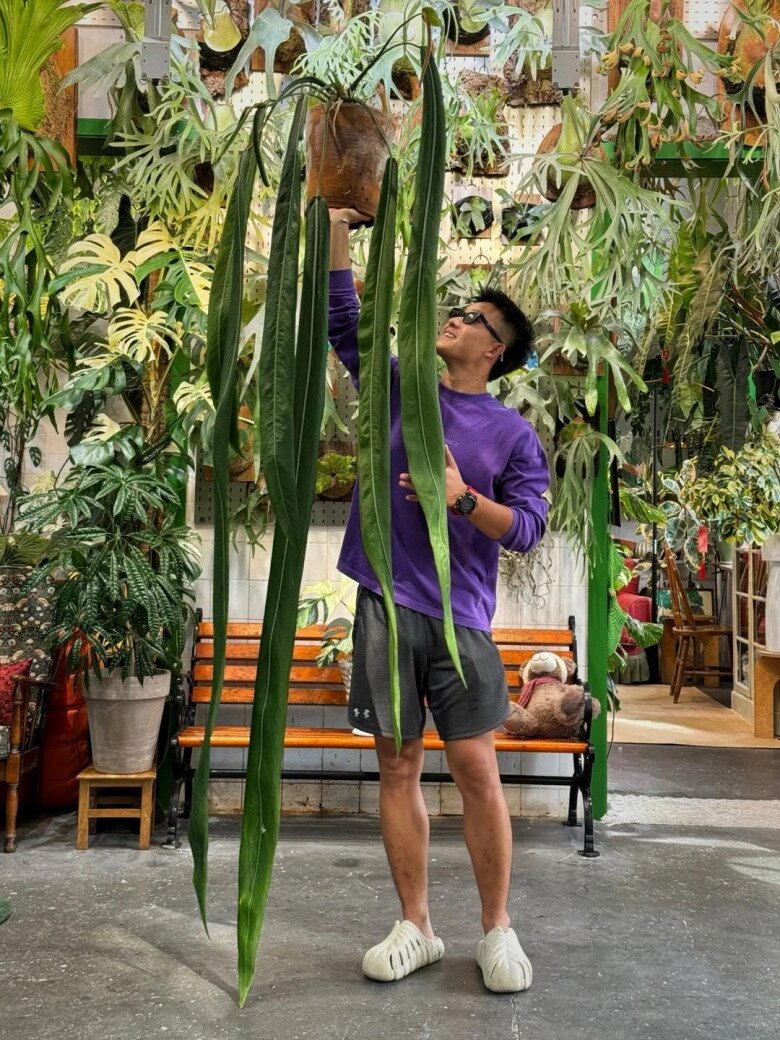
– Anthurium pallidiflorum
Closely related to the Anthurium vittariifolium, the Anthurium pallidiflorum boasts unique characteristics of its own.
While its leaves are also lengthy, they differ in color and vein distribution. Some leaves may appear paler, and the veins can be finer and more densely packed, creating a distinct visual effect.
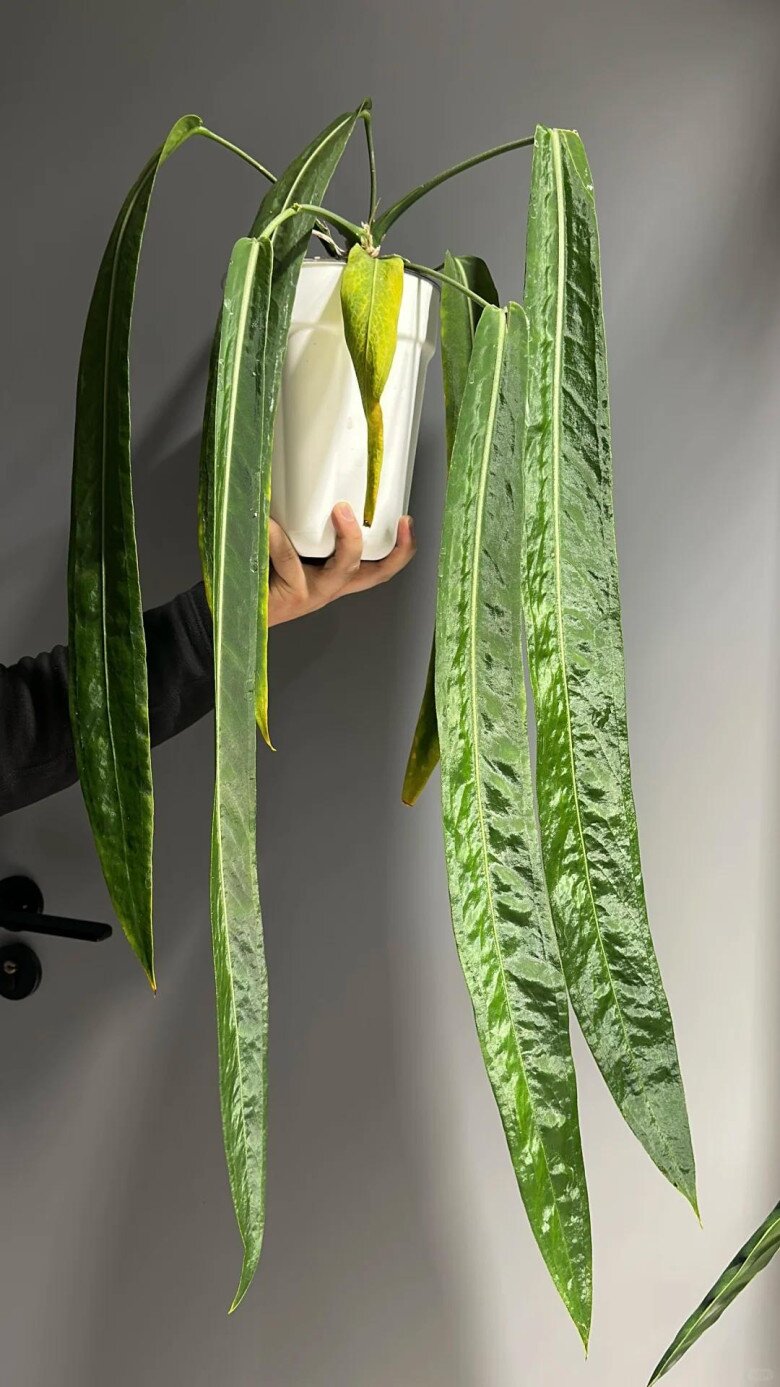
– Philodendron spiritus sancti
The Philodendron spiritus sancti is another captivating indoor plant. Its leaves are elongated and oval-shaped, featuring rich, deep hues and a smooth, glossy surface that feels satisfying to the touch.
Newly unfurling leaves often curl gently, eventually revealing their perfect form. This plant has a compact growth habit, ensuring that even as the leaves grow larger, they don’t become unruly, making it ideal for indoor spaces and adding a touch of natural elegance.
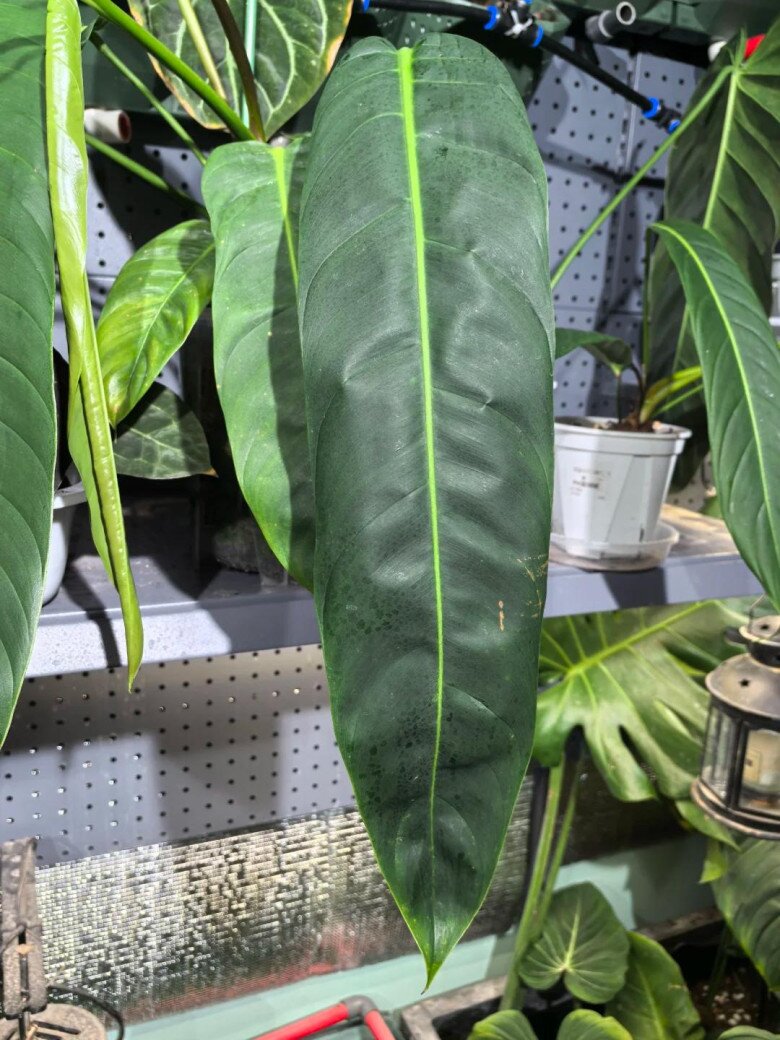
– Philodendron patriciae
The Philodendron patriciae is a standout plant with uniquely shaped leaves that defy convention. Its leaf margins are slightly twisted, and the colors vary from deep green to light green, with irregular spotting. Each leaf is a one-of-a-kind masterpiece.
This variety grows rapidly in favorable conditions, continuously sprouting new shoots and leaves, expanding its domain.
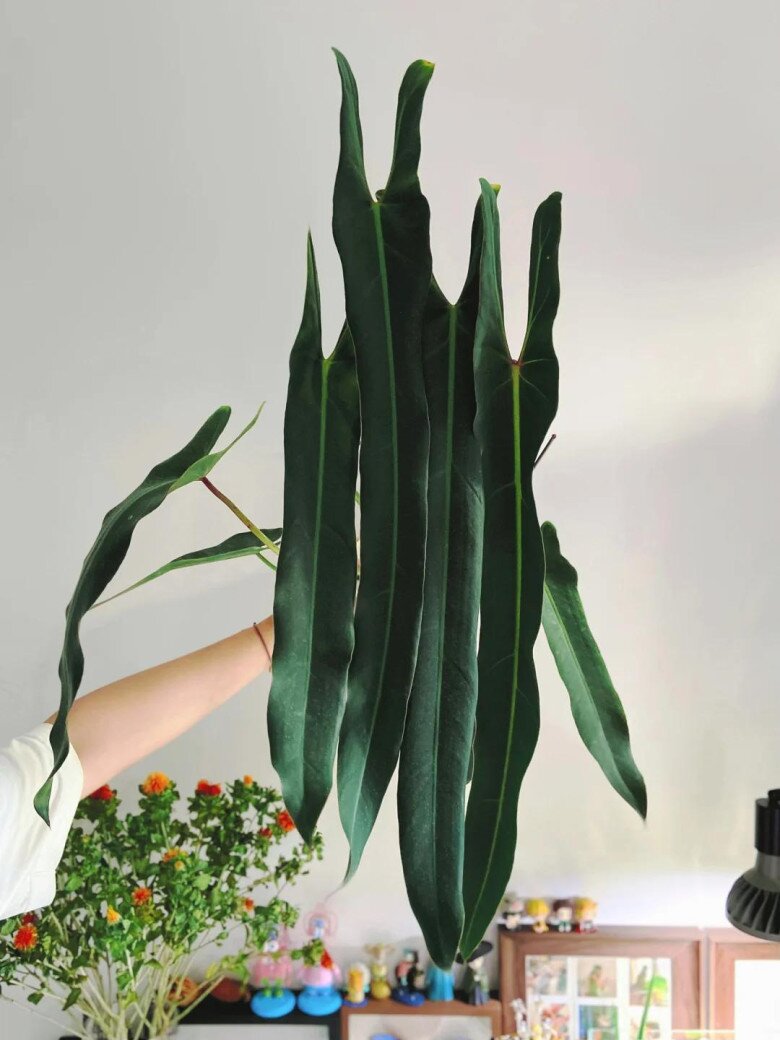
Caring for These Indoor Plants
– Soil:
These indoor plants thrive in well-aerated, fertile, and well-drained soil. A mixture of peat moss, pearl stone, and leaf mold can provide the ideal balance of aeration and nutrition.
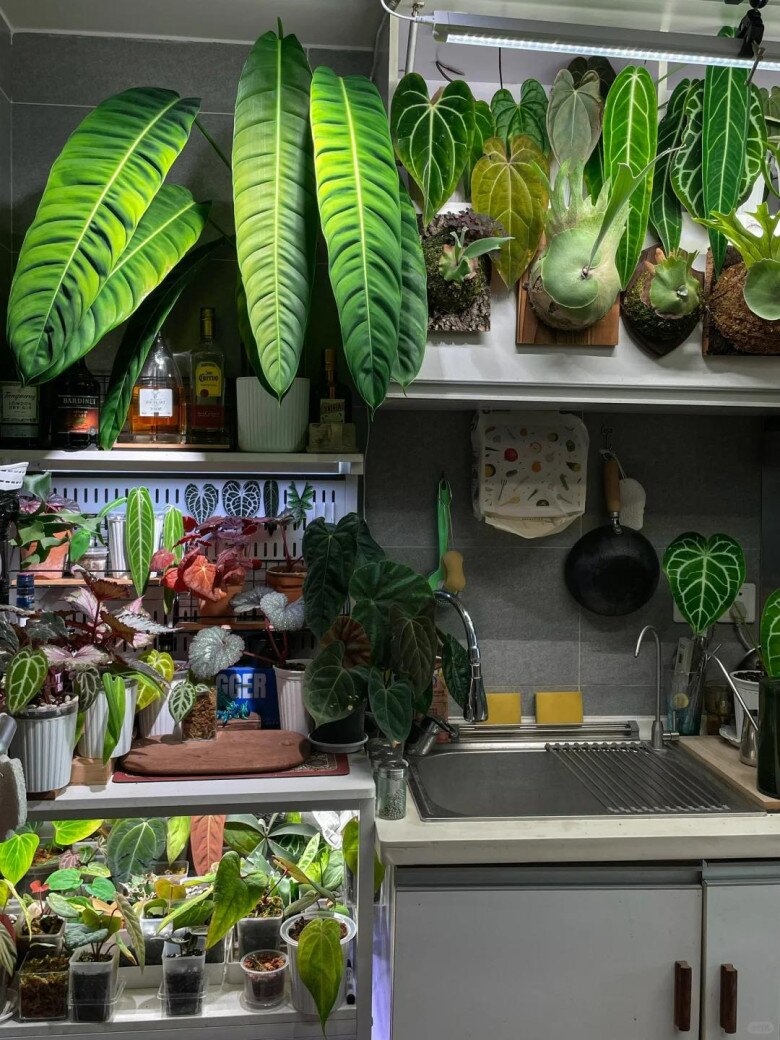
– Light:
Most of these indoor plants prefer diffused light, so direct sunlight should be avoided as it can scorch the leaves, causing them to turn yellow or develop burnt edges. However, insufficient light will result in pale leaves and slow growth.
Positioning the plants near east- or north-facing windows is ideal, as it provides indirect sunlight.
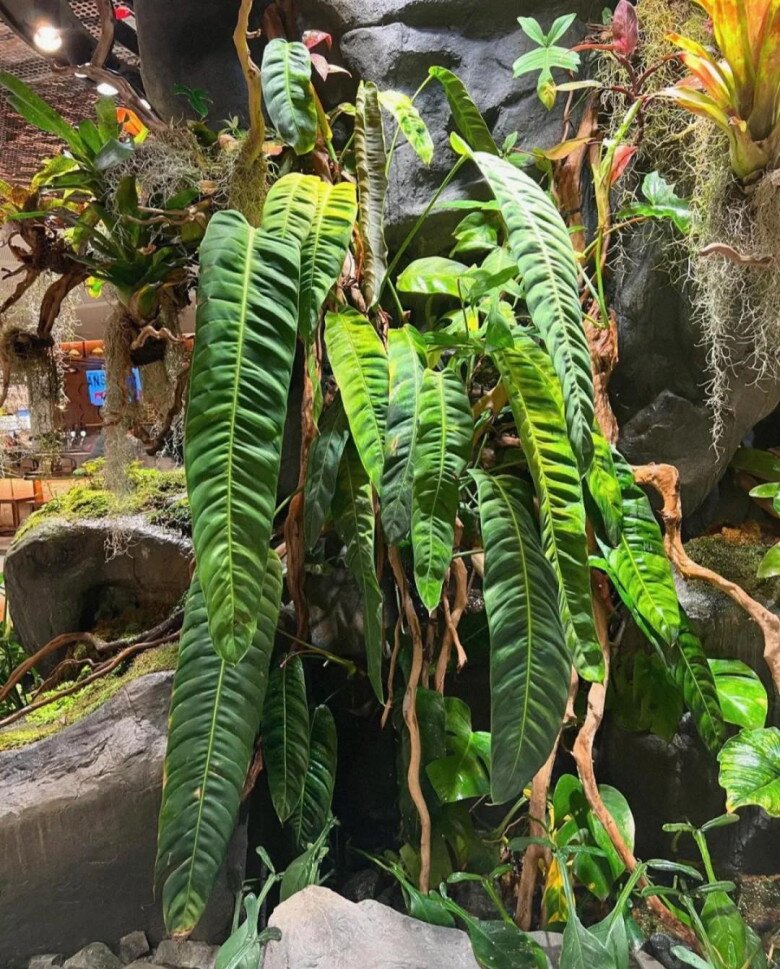
– Temperature and Humidity:
These plants typically originate from tropical or subtropical regions and favor warm, humid climates. The ideal temperature range is between 18–28°C. During winter, ensure the plants are kept warm to prevent any damage.
To increase humidity, consider misting the plants, using a humidifier, or grouping them with other plants to create a localized humid microclimate.
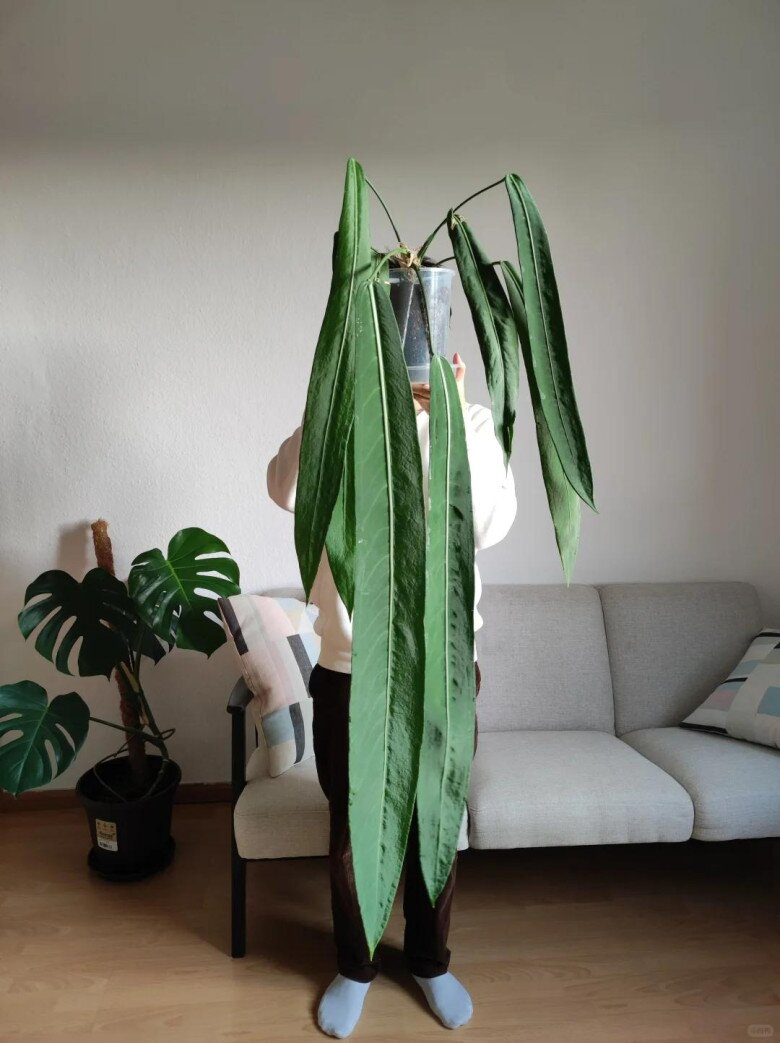
– Watering:
While each plant has unique water requirements, the general rule is to water only when the soil feels dry, and when you do water, water thoroughly.
Overwatering can lead to root rot, while underwatering will cause leaf wilting. Use a small-mouthed watering can to gently water the soil around the edges of the pot, allowing the water to permeate evenly.
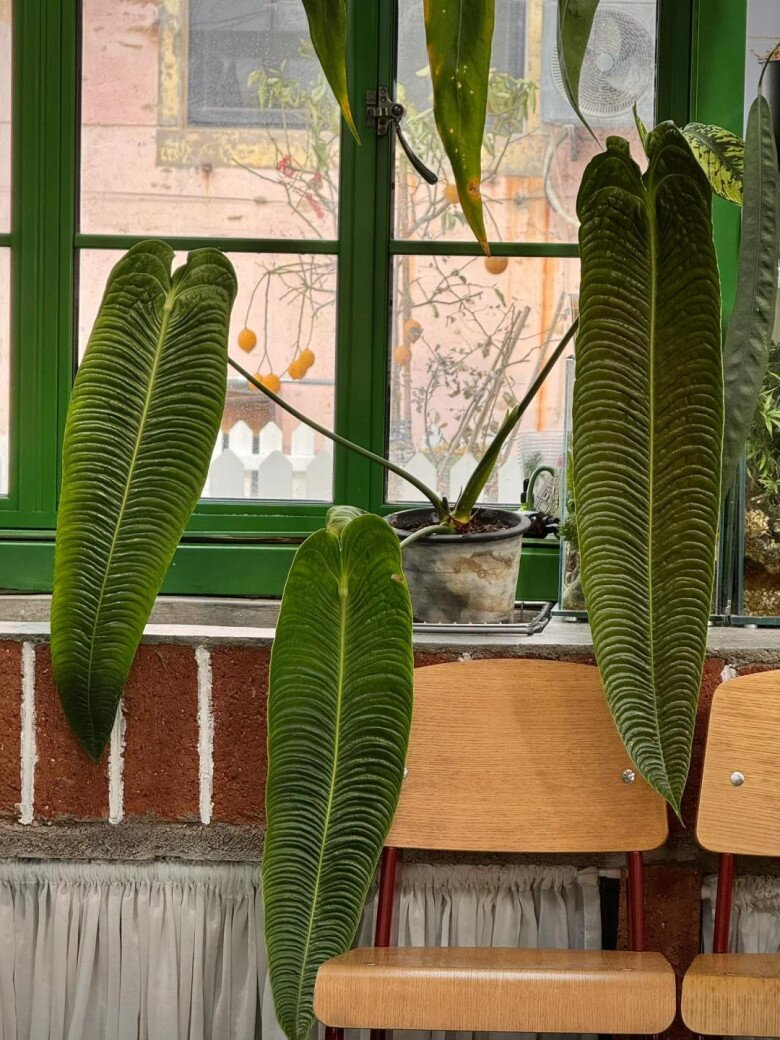
– Fertilizer:
During the growing season, fertilize the plants every one to two months with a diluted liquid fertilizer to provide essential nutrients and promote healthy leaf growth.
Be careful not to over-fertilize, as this can burn the roots.

























